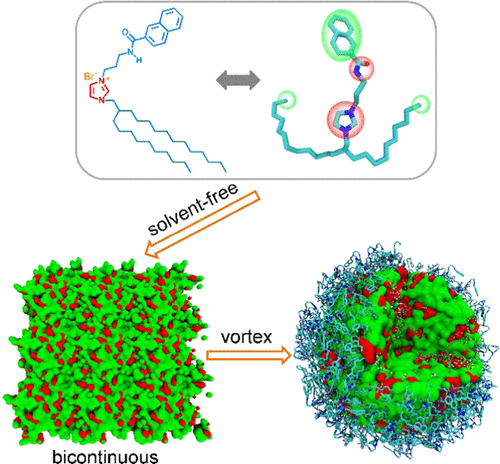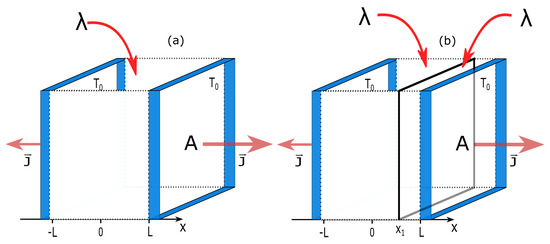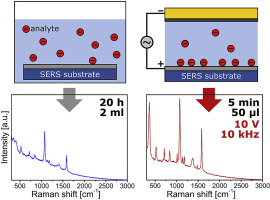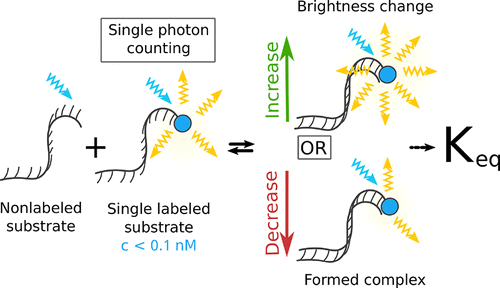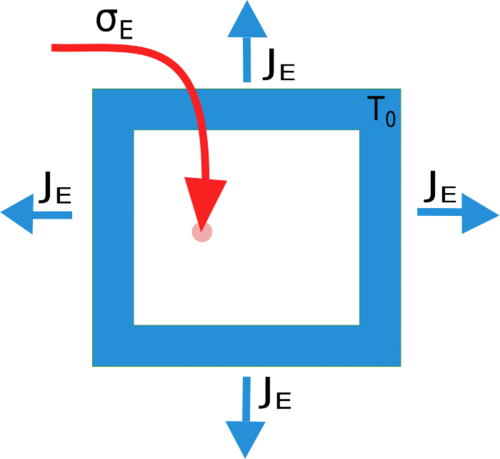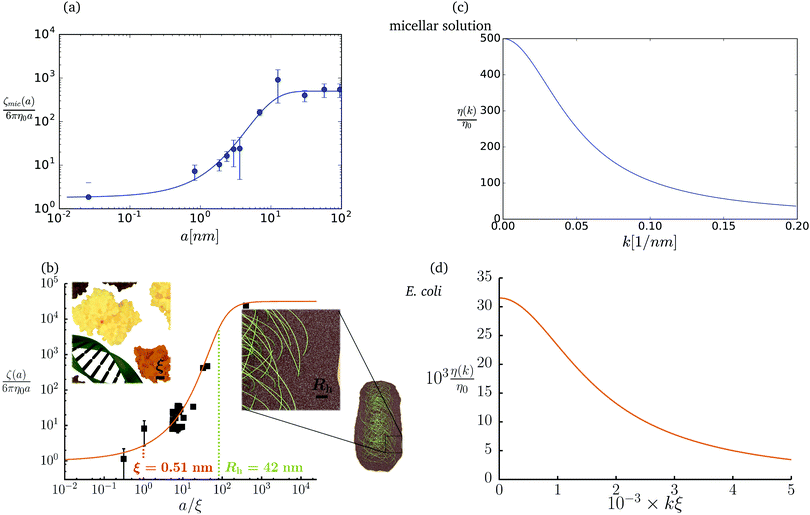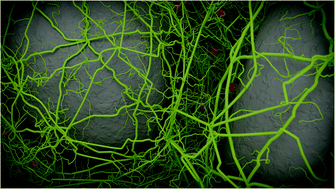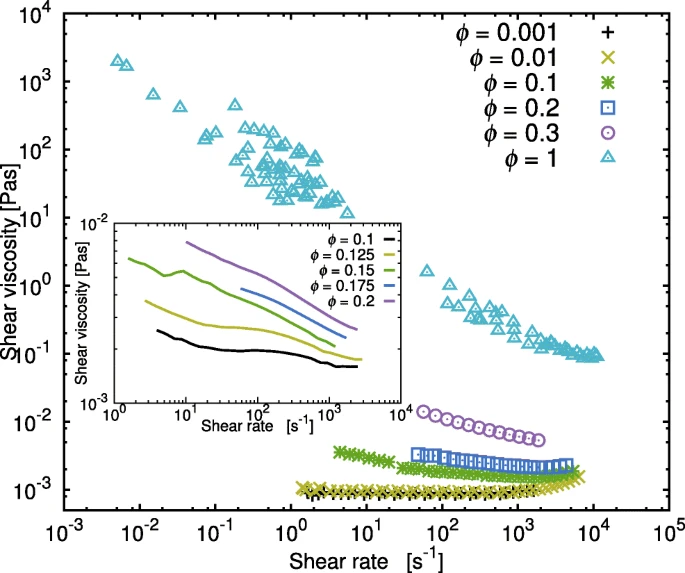
Cell extract gels as an example of active matter
A. Wisniewska, T. Kalwarczyk, J. Szymanski, K. Kryszczuk, K. Matula and R. Holyst
Rheologica Acta 2020, 59, 575–582
Cell lysates (cellular extracts) constitute a perfect imitation of the intracellular environment that can provide insight into cellular response to external stimuli. However, most of the presented results are performed for diluted lysates that do not reflect the actual properties of a crowded cellular environment. Here, we report for the first time the measurement of the viscosity and shear storage modulus of highly concentrated Escherichia coli (E. coli) lysates with and without adenosine triphosphate (ATP). By cleavage of DNA content, we showed the value of shear storage modulus G′G′ decreases by 19–31% in comparison to control samples. The addition of molecules that provides energy (ATP) allowed to rebuild the structure of the lysate by reversibly increasing viscous properties over elastic ones. When the energy delivered in the form of ATP is consumed by the unliving bacterial lysate, the system returns to its initial state.

